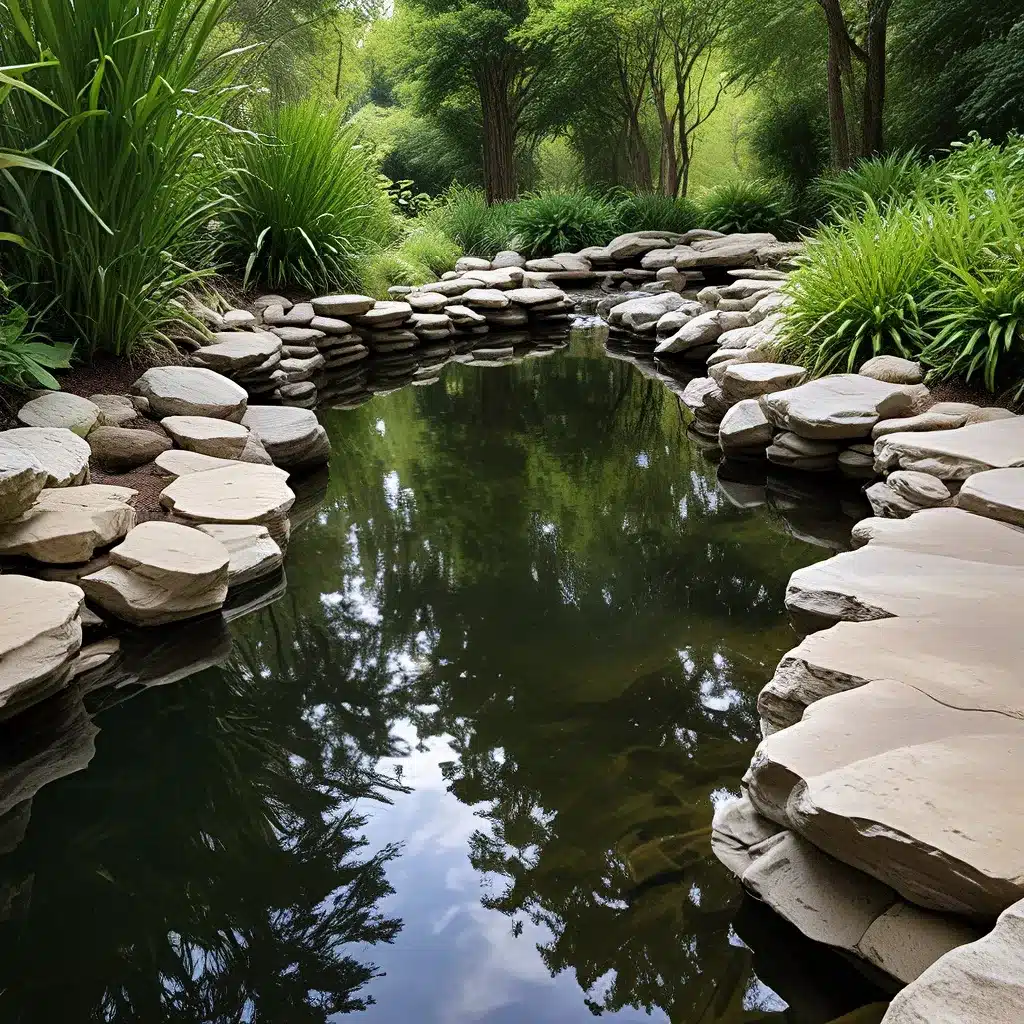
Captivating Aquascapes: Unlocking Nature’s Beauty
Aquascaping, the art of meticulously arranging aquatic plants, rocks, and other decorative elements within an aquarium, is a captivating pursuit that transforms a simple tank into a mesmerizing microcosm of nature. Whether you’re a seasoned aquarist or a newcomer to the hobby, mastering the principles of aquascaping can elevate your aquatic haven to new heights of visual splendor and environmental harmony.
Aquascaping is not merely about creating a visually appealing underwater landscape; it’s a delicate balance of biology, aesthetics, and engineering. By understanding the unique needs of aquatic plants, the interplay of light and shadow, and the principles of composition, you can sculpt a living, breathing ecosystem that captivates the senses and provides a tranquil oasis for your finned companions.
One of the cornerstones of exceptional aquascaping is the careful selection and arrangement of aquatic plants. These verdant wonders not only enhance the visual appeal of your tank but also serve as vital components of the ecosystem, contributing to water filtration, oxygenation, and the overall health of your aquatic inhabitants. From the lush, flowing fronds of Cryptocoryne to the vibrant, textured leaves of Rotala, each plant species offers unique aesthetic and functional qualities that can be strategically incorporated into your aquascape.
Mastering Water Chemistry: The Foundation of a Thriving Aquarium
Alongside the captivating visual elements, the success of any aquarium is intrinsically tied to the careful management of water chemistry. As the lifeblood of your aquatic haven, the water quality within your tank directly impacts the well-being and longevity of your finned residents, as well as the overall health and vitality of your aquatic plants.
Maintaining optimal water parameters, such as pH, temperature, and the levels of dissolved oxygen, carbon dioxide, and various nutrients, is crucial for creating a sustainable ecosystem. By understanding the specific needs of your chosen fish species and aquatic plants, you can tailor your water management strategies to ensure a thriving, harmonious environment.
One of the most important aspects of water management is the filtration system. Whether you opt for a hang-on-back, canister, or internal filter, the right filtration solution can effectively remove waste, debris, and harmful compounds, while also facilitating the natural cycling of nutrients. Regular water testing and partial water changes are also essential practices that contribute to the long-term health and stability of your aquarium.
Aquarium Inhabitants: Balancing Species and Compatibility
Populating your aquatic haven with the right mix of fish and invertebrate species is a delicate art that requires careful consideration. The key to a successful and vibrant aquarium lies in understanding the unique needs, behaviors, and compatibility of your chosen inhabitants.
When selecting fish species, it’s important to research their compatibility with one another and ensure that they can thrive in the specific environmental conditions you’ve created. Factors such as water flow, swimming patterns, and territorial tendencies all play a crucial role in determining which species can coexist harmoniously within your aquarium.
In addition to fish, the incorporation of invertebrates, such as shrimp, snails, and crabs, can contribute to the overall balance and functionality of your aquatic ecosystem. These creatures not only add visual interest but also play vital roles in maintaining water quality, controlling algae growth, and breaking down organic matter.
By thoughtfully curating the inhabitants of your aquarium, you can create a vibrant and diverse community that showcases the natural beauty and wonder of the underwater world.
Embracing Sustainability: Eco-Friendly Aquarium Practices
As stewards of the aquatic realm, it’s our responsibility to adopt sustainable practices that minimize our environmental impact and ensure the long-term health and resilience of our aquatic ecosystems. This encompasses everything from the selection of energy-efficient equipment to the implementation of water conservation strategies and the responsible sourcing of aquarium inhabitants.
One notable approach to sustainable aquarium keeping is the concept of closed-loop aquaponics. This innovative system integrates the cultivation of aquatic plants and the rearing of fish, creating a symbiotic relationship where the plants’ nutrient uptake helps to maintain water quality, while the fish provide the necessary nutrients for plant growth. This closed-loop system not only reduces waste and conserves resources but also produces a bountiful harvest of both aquatic life and lush vegetation.
Another integral aspect of sustainable aquarium practices is the responsible acquisition of fish and invertebrates. By sourcing from reputable, ethical suppliers and supporting conservation efforts, we can ensure that our aquatic companions are obtained through ethical and ecologically-sound means.
Conclusion: Cultivating a Captivating Aquatic Oasis
Crafting a captivating aquatic haven is a journey of discovery, creativity, and ongoing learning. By mastering the art of aquascaping, maintaining pristine water quality, and curating a harmonious community of aquatic inhabitants, you can transform your aquarium into a mesmerizing microcosm that captivates the senses and immerses you in the serene beauty of the underwater world.
Remember, the key to a thriving aquarium lies in understanding the delicate balance of nature and adopting sustainable practices that safeguard the well-being of your aquatic companions and the environment as a whole. Embrace the challenges, celebrate the successes, and let your aquarium become a source of tranquility, inspiration, and wonder in your everyday life.

